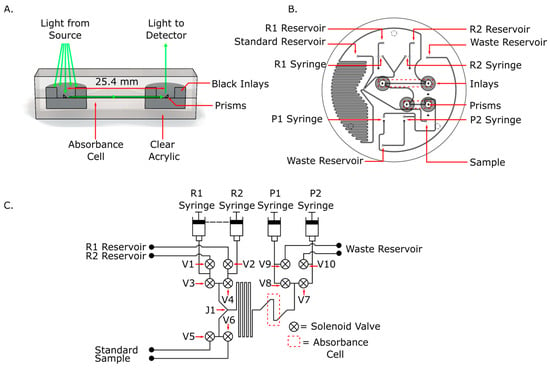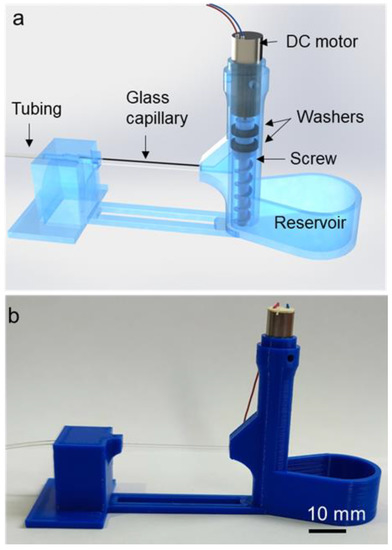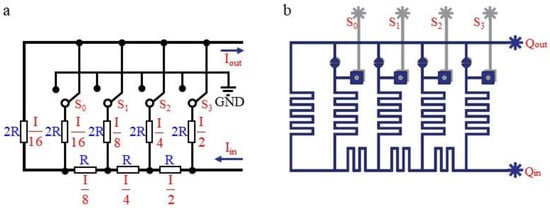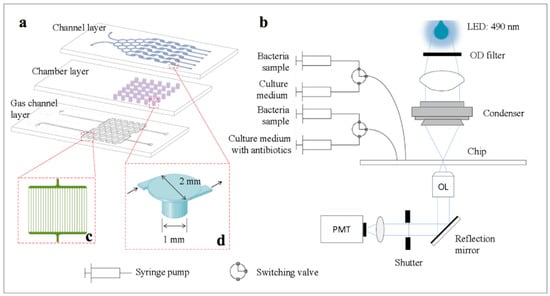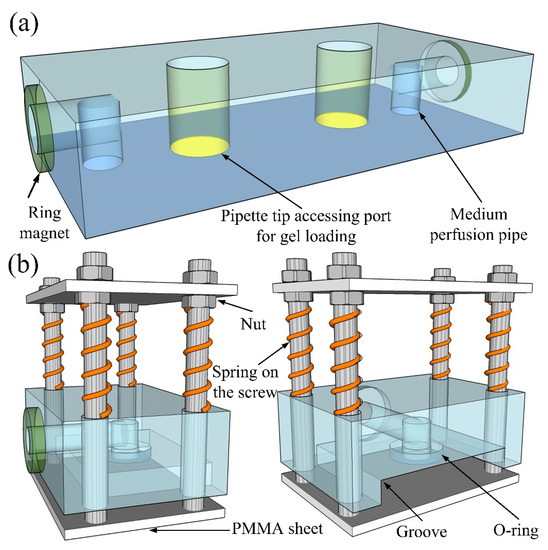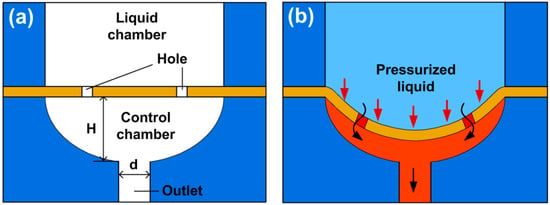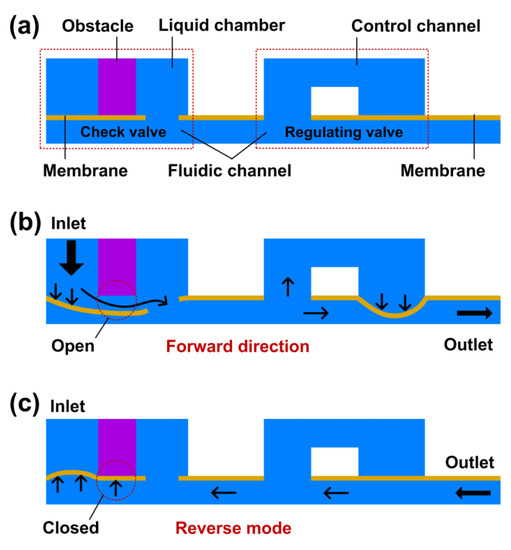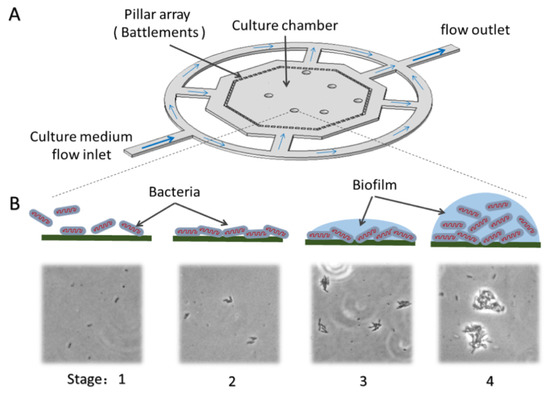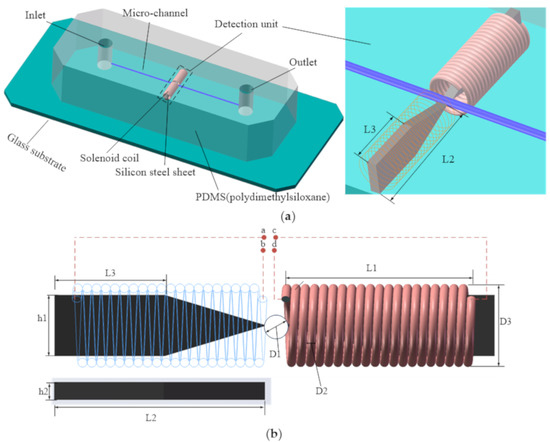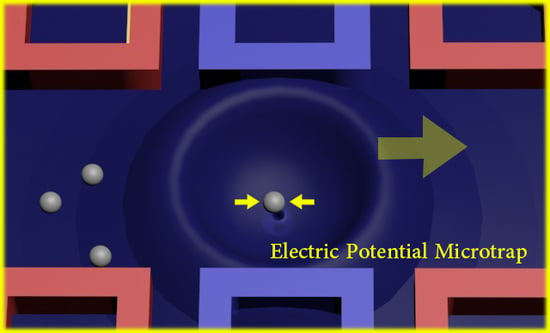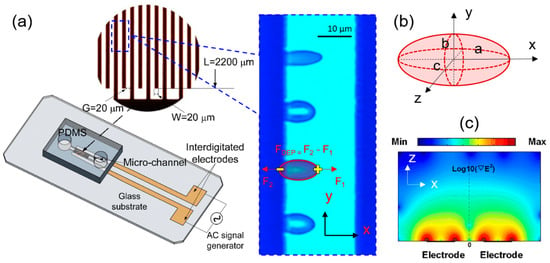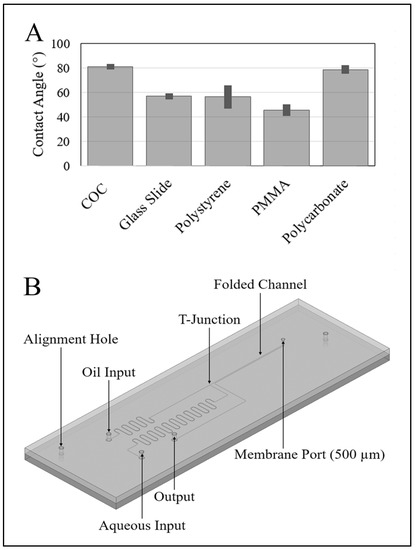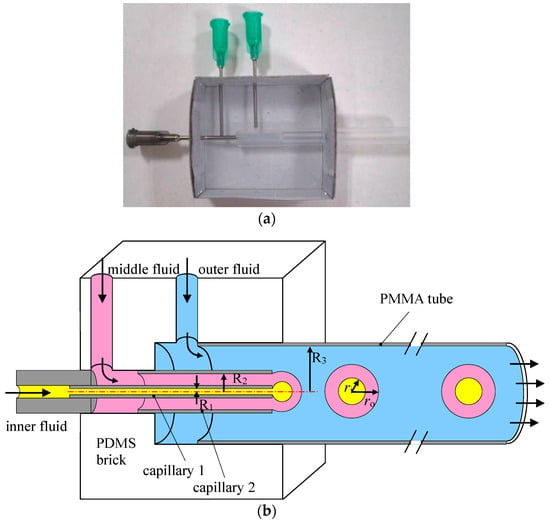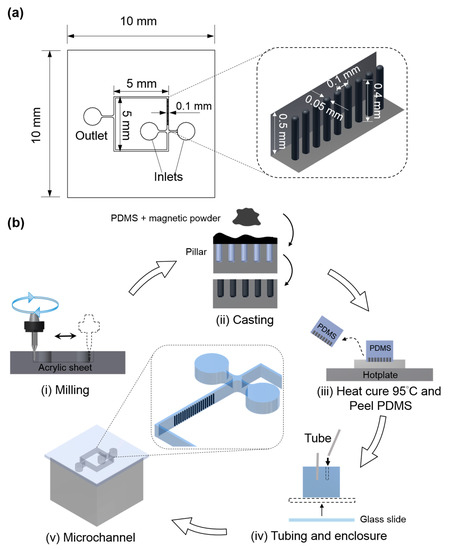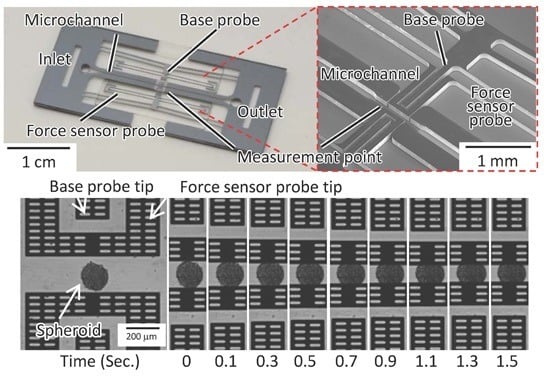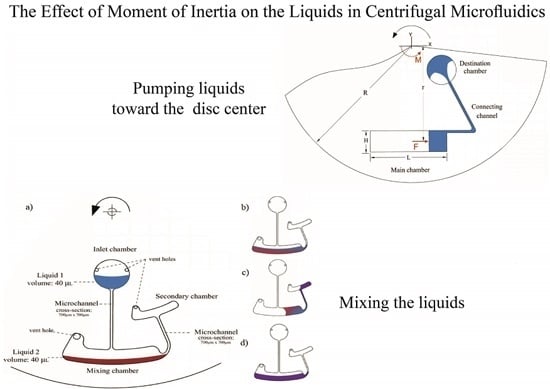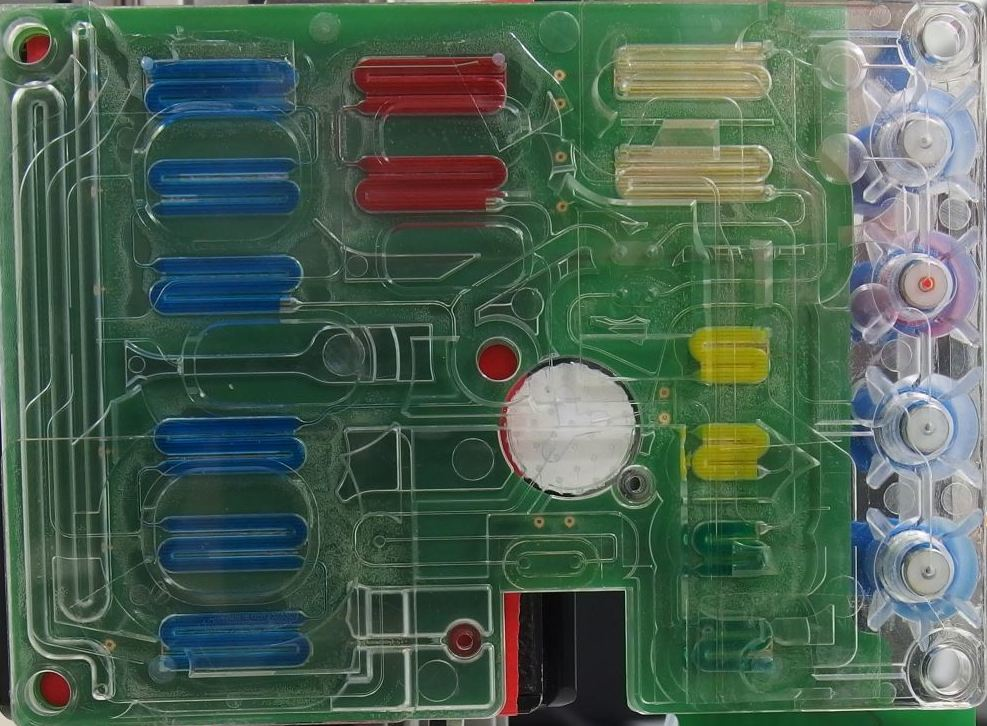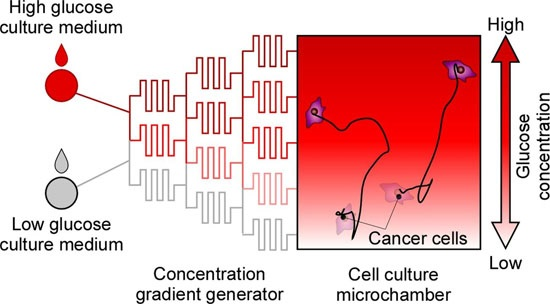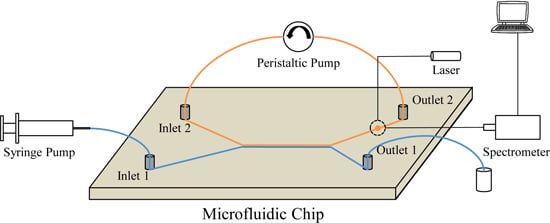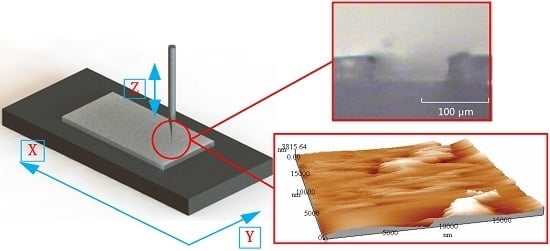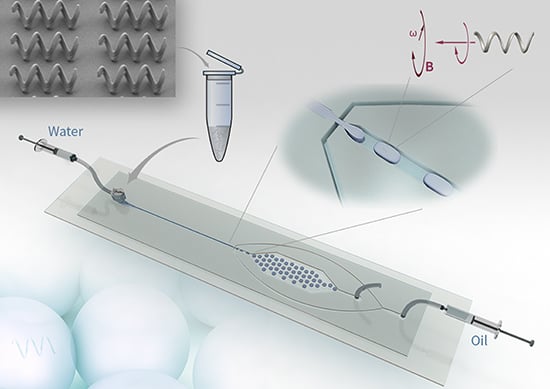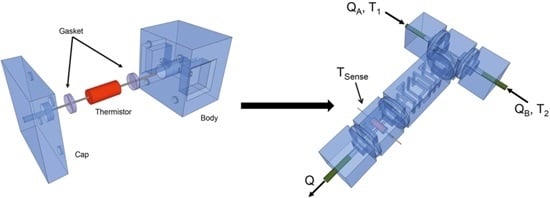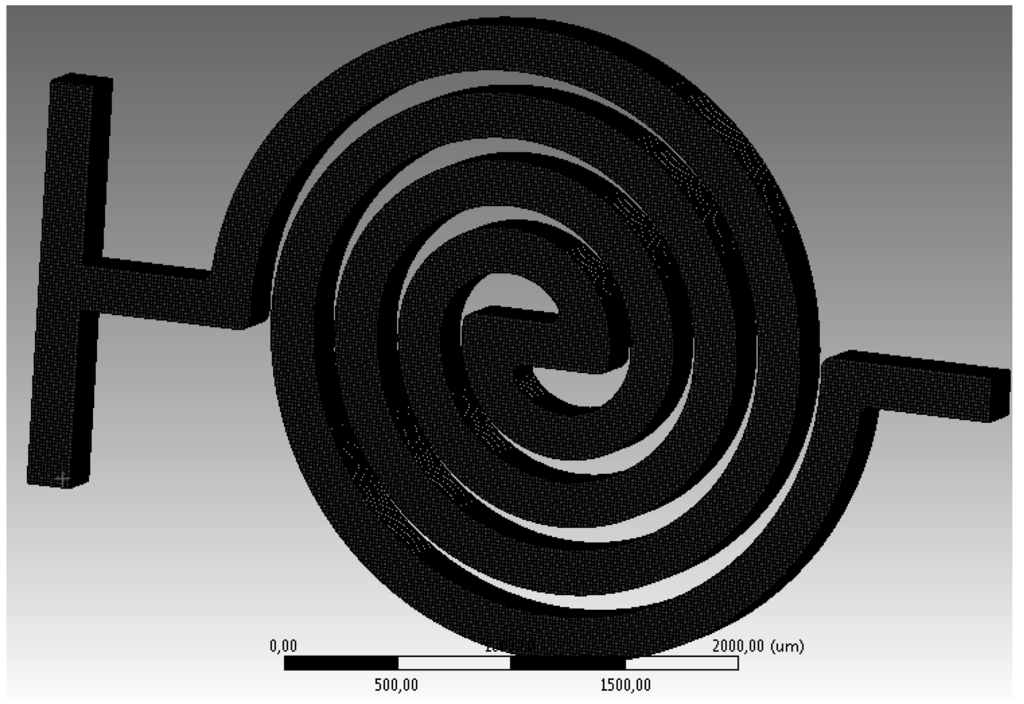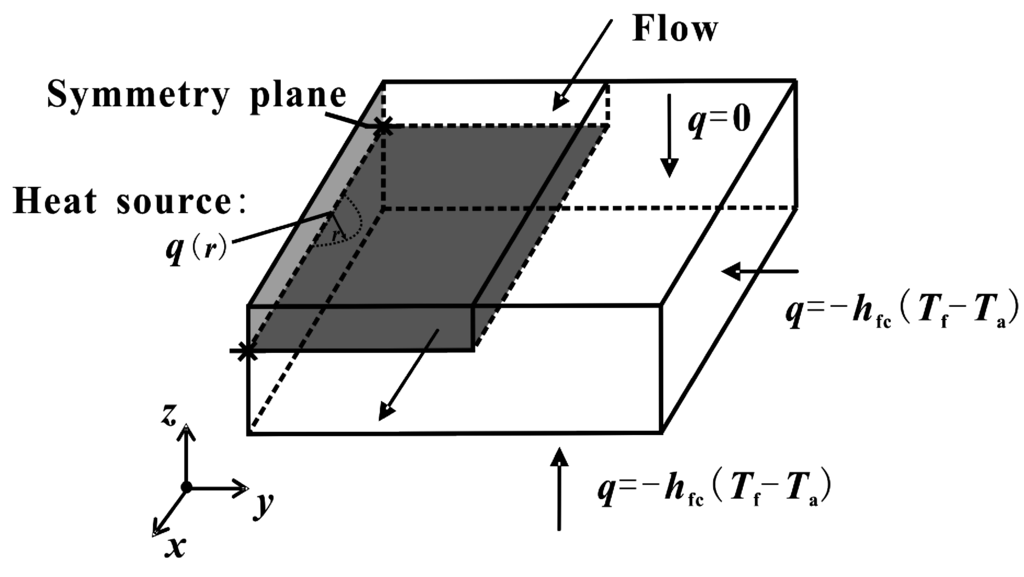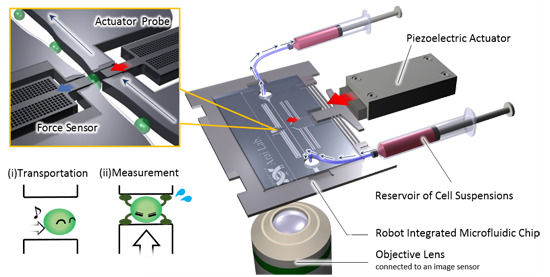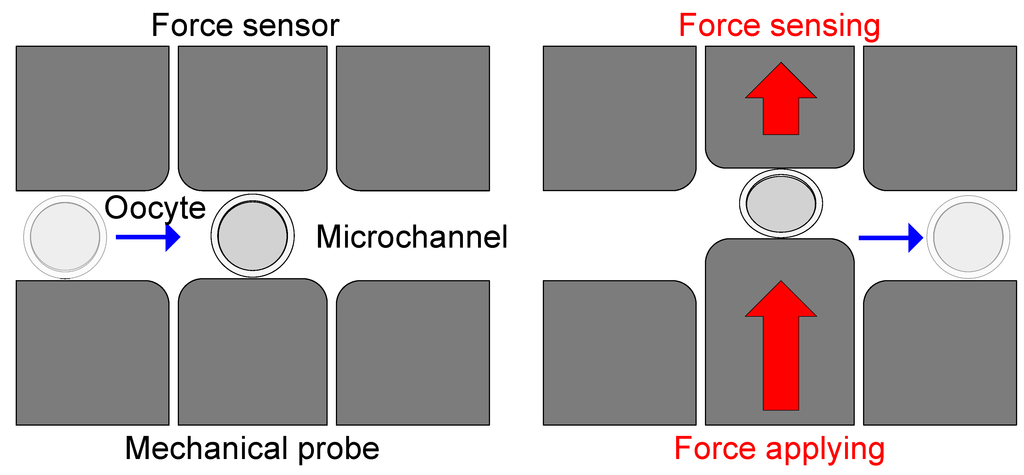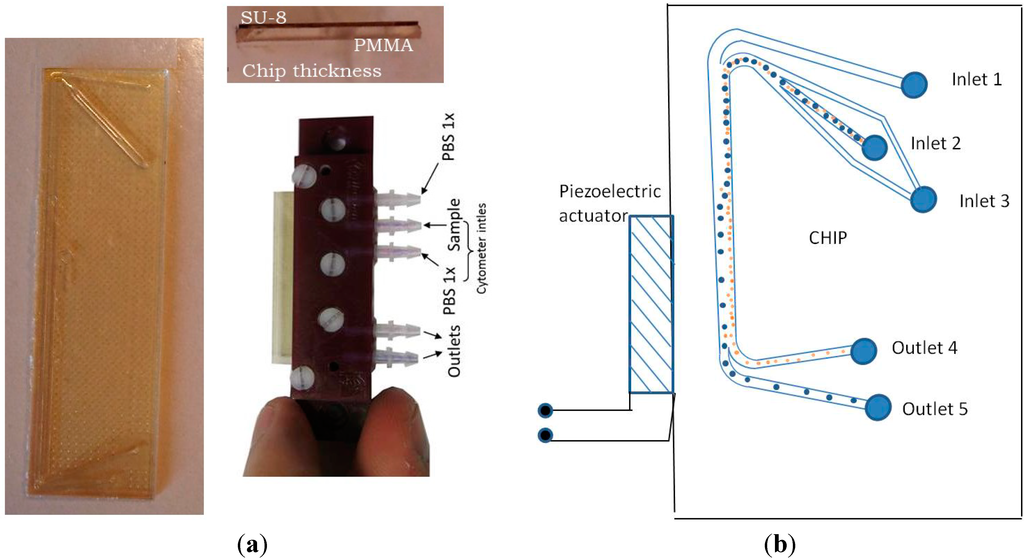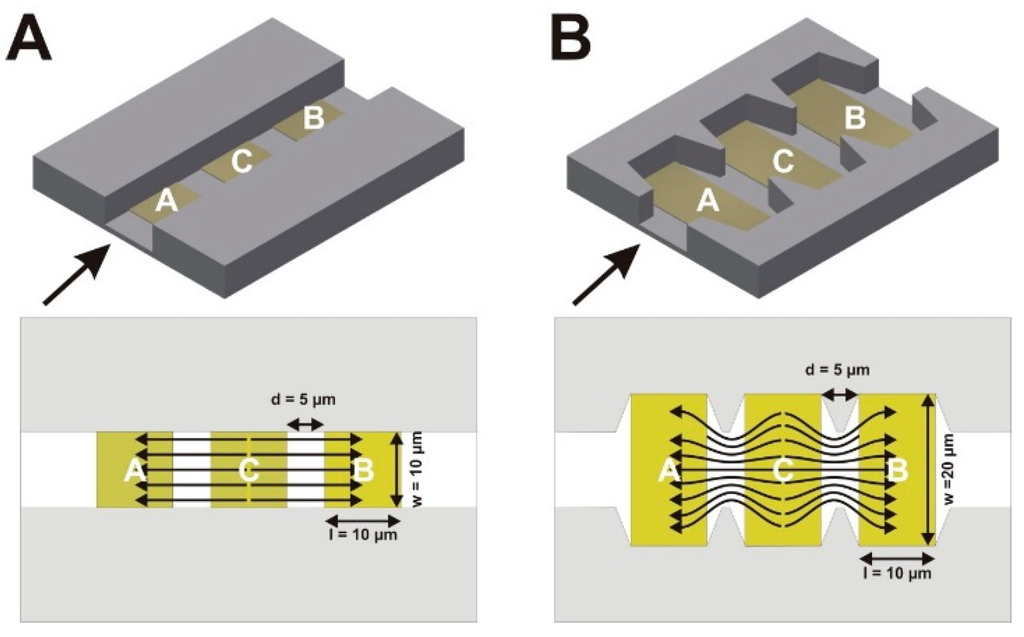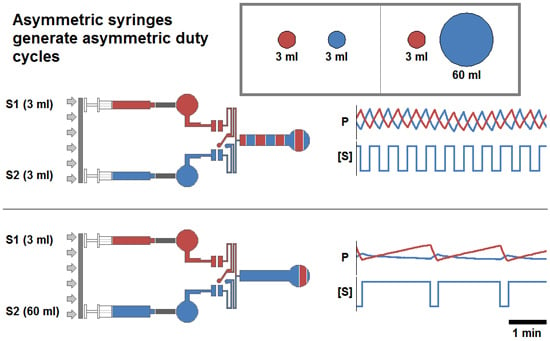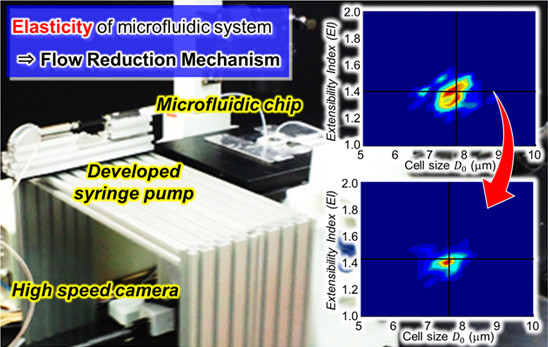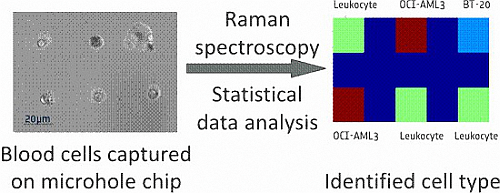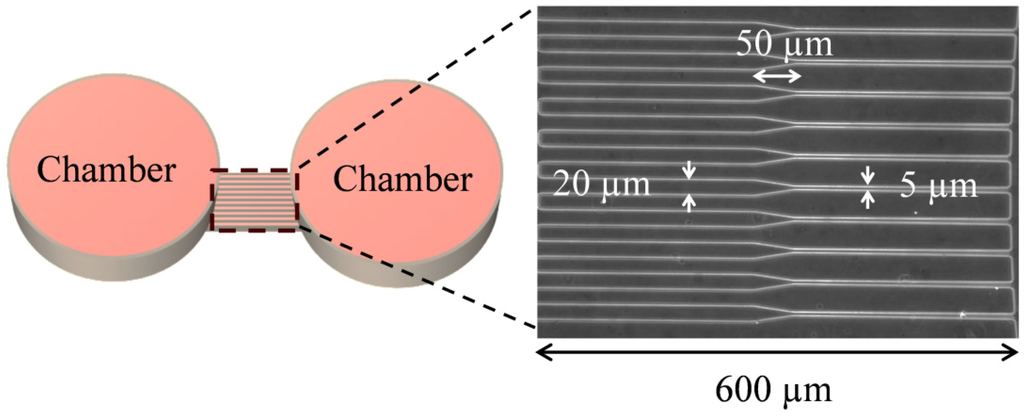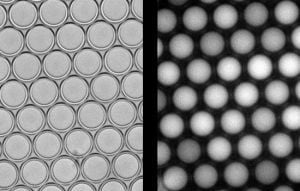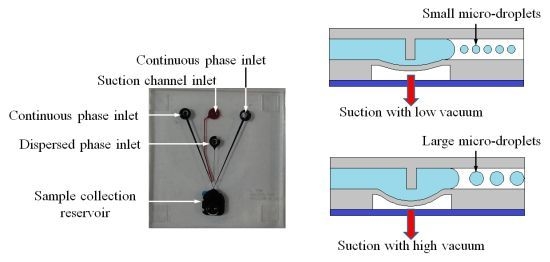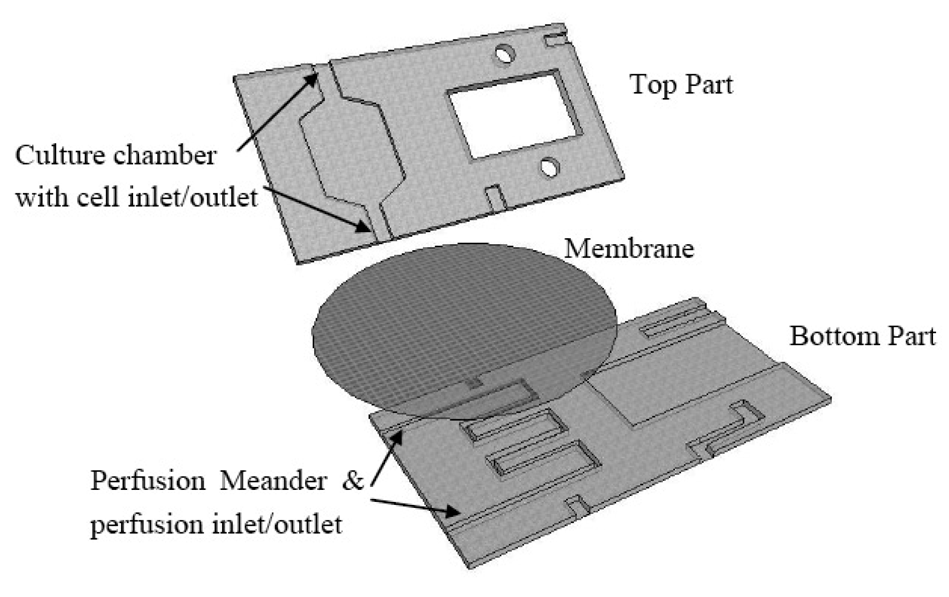Lab-on-a-Chip
A topical collection in Micromachines (ISSN 2072-666X).
Viewed by 292044Editors
Interests: MEMS; liquid metals; nanophotonic; bio devices; sensors
Special Issues, Collections and Topics in MDPI journals
Interests: flexible medical sensing systems (implantable and wearable)
Special Issues, Collections and Topics in MDPI journals
Topical Collection Information
Dear Colleagues,
Lab-on-a-chip (LOC) stands for the vision to integrate all necessary functions to perform, e.g., a chemical analysis, a biochemical assay or even the organic synthesis of new chemicals on a single miniaturized device, built from a planar substrate (silicon, glass, ceramics, polymers, ...) using micro and nanofabrication techniques. Its promises include fast analyses and high throughput, minute consumption of sample and resources, ruggedness, ease-of-use and portability. LOC is a very cross-disciplinary research field, which requires input from engineers, chemists, physicists, biologists and medical experts, not least because of the technological bricks that have to come together to realize lab-on-a-chip systems: fabrication, materials, surface treatments, microfluidics, sample preparation, separation techniques, detection approaches, and much more. Beyond ongoing efforts to refine the toolbox of LOC and to improve the understanding of fundamental aspects (e.g., transport in nanofluidic channels), applications of LOC can be found within medical diagnostics, environmental monitoring, food quality control, early detection of warfare agents, and drug development. This collection will highlight recent developments within LOC technology as well as examples of state-of-the-art applications.
Prof. Dr. Jeong-Bong (JB) Lee
Prof. Dr. Ning Xue
Collection Editors
Manuscript Submission Information
Manuscripts for the topical collection can be submitted online at www.mdpi.com by registering and logging in to this website. Once you are registered, click here to go to the submission form. All papers will be peer-reviewed. Accepted papers will be published continuously in the journal (as soon as accepted) and will be listed together on this website. The topical collection considers regular research articles, short communications and review articles. A guide for authors and other relevant information for submission of manuscripts is available on the Instructions for Authors page.
Please visit the Instructions for Authors page before submitting a manuscript. The article processing charge (APC) for publication in this open access journal is 2600 CHF (Swiss Francs).







